The best budget telephoto-zoom lenses
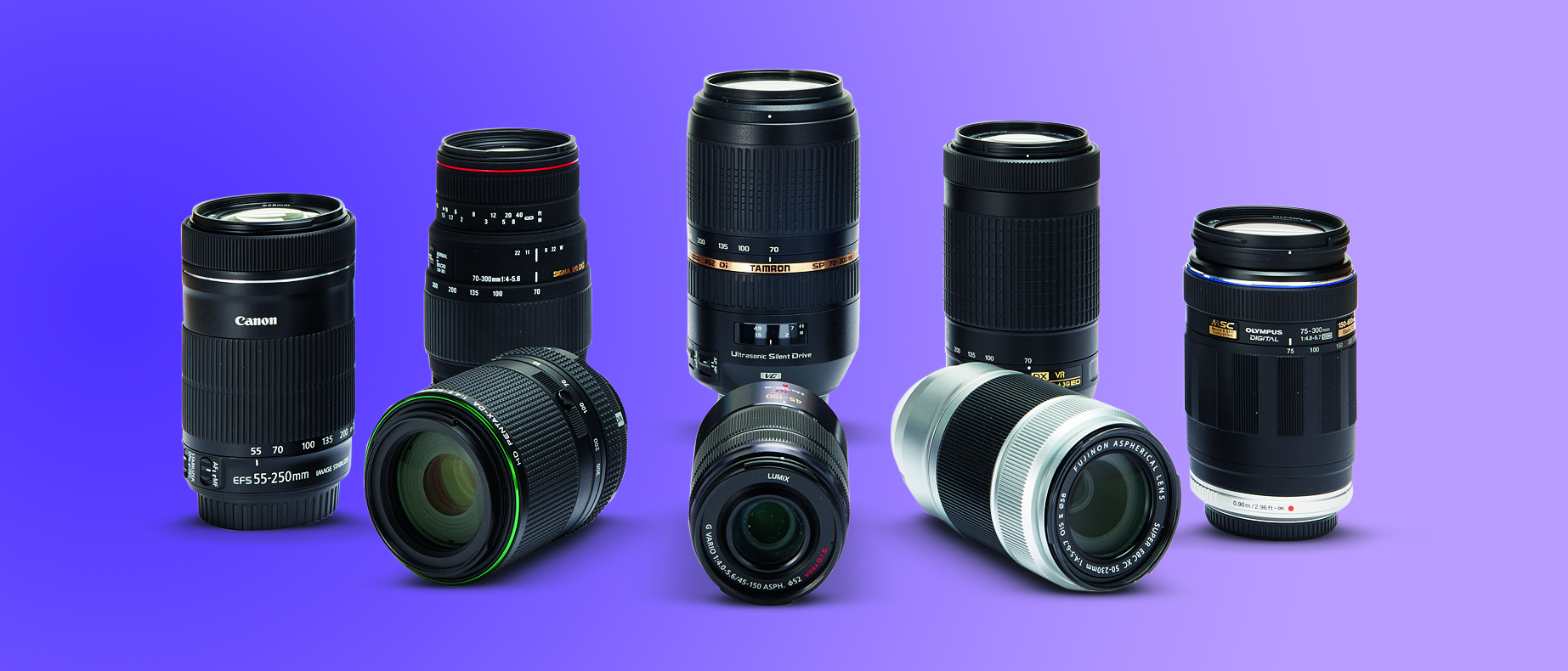
For many of us, the purchase of our first compact system camera or DSLR will be closely followed by buying a telephoto zoom lens. It’s an obvious addition, enabling extra telescopic reach that’s ideal for shooting anything from family fun to action sports and wildlife. Budget-friendly options are plentiful, but there’s been a shift in the market lately.
Many of the latest own-brand offerings from camera manufacturers are designed for crop-sensor cameras rather than full-frame bodies. It makes sense, because reducing the size of the image circle that a lens delivers enables a more compact and lightweight build. The physical size and purchase price are therefore more in keeping with entry-level APS-C format and Micro Four Thirds cameras.
Meanwhile, Sigma and Tamron (the two main independent manufacturers) are bucking the trend. They both used to make budget telephoto zooms for crop-sensor cameras, but now only manufacture full-frame compatible lenses for this sector of the market. Let’s see how the main contenders compare.

Pentax 55-300mm f/4.5-6.3 DA PLM WR
Specifications
Reasons to buy
Reasons to avoid
For a budget lens, the build quality of this Pentax lens feels particularly good, and it’s the only lens in the whole group to feature weather seals. It’s big on zoom range, equating to 82.5-450mm on a Pentax APS-C-format body in 35mm terms, yet its build is physically small when stowed away; this is thanks to a clever retractable design that enables the lens to collapse down to just 89mm in length. It also features a stepping motor autofocus system, the near-silence of which is an improvement over some of Pentax’s notably noisy lenses. There’s no optical image stabilisation, with the lens instead relying on in-camera stabilisation, which is present in all modern Pentax DSLRs. The autofocus system is quick and highly accurate, and testing the lens on a K-70 body, we found stabilisation to work well, with a four-stop effectiveness. Despite having the outright biggest zoom range of any lens in the test group, image quality is excellent.
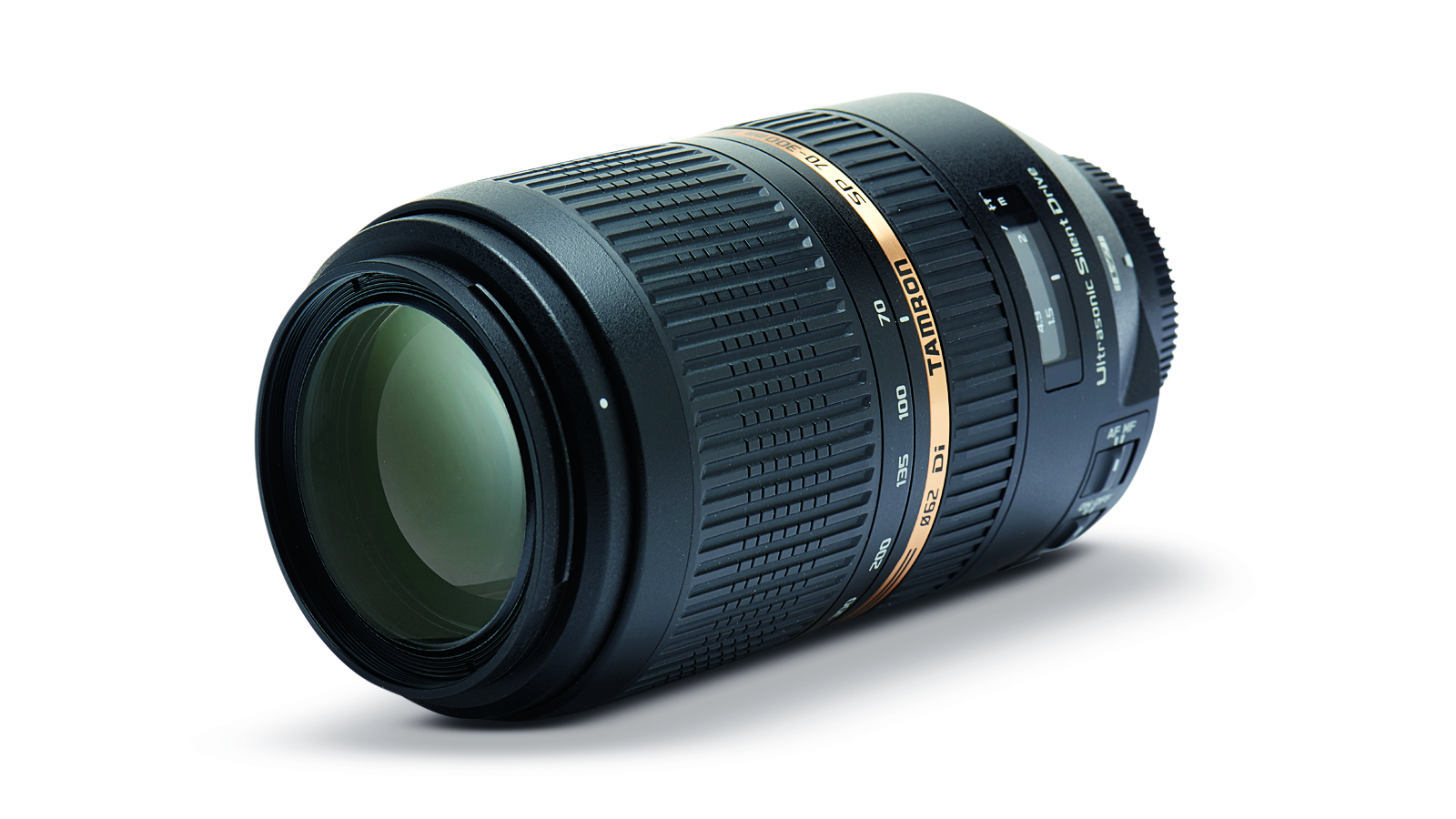
Tamron SP 70-300mm f/4-5.6 Di VC USD
Specifications
Reasons to buy
Reasons to avoid
This Tamron lens is rather conventional, but it follows the traditions of high-end rather than budget telephoto zooms. As such, it has a ring-type ultrasonic autofocus system that enables full-time manual override, and not just when the stepping motor is being powered by the camera body. Switches are fitted on the barrel for AF/M focus modes and VC on/off. The Vibration Compensation system is Tamron’s proprietary form of optical stabilization, and is fitted to both the Canon and Nikon mount options of the lens. The Sony A-mount version of the lens relies on in-camera stabilization instead. Autofocus is fast and effective and, throughout testing on Nikon D7200 and D750 bodies, we found the stabilizer had an effectiveness of four stops. Image quality is very good overall, matched by top build quality that combines sturdy barrel parts with a metal mounting plate.
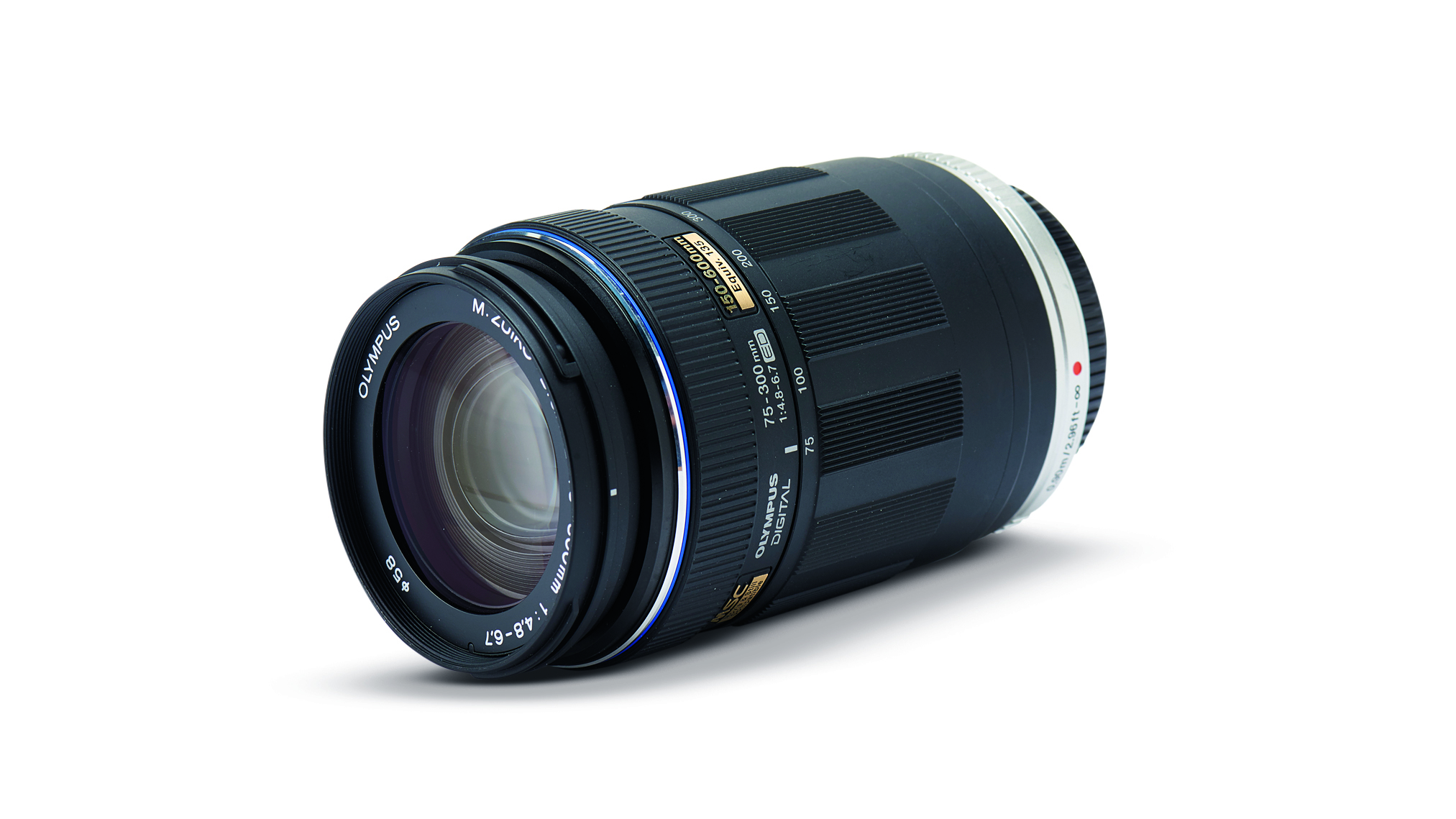
Olympus M.Zuiko ED 75-300mm f/4.8-6.7 II
Specifications
Reasons to buy
Reasons to avoid
Boosted by the 2x crop factor of the Micro Four Thirds system, this 75-300mm lens delivers a mammoth effective zoom range of 150-600mm. Its build quality feels a little more robust than in some of the other lenses on test, with a metal rather than plastic mounting plate. A stepping motor enables quick yet smooth autofocus transitions, along with electronically coupled manual focusing. There are no on-board switches or controls, other than the zoom and focus rings. As with the Pentax lens above, this lens has no optical image stabilisation system, instead relying on in-camera, sensor-shift stabilisation. On an Olympus OM-D E-M5 Mark II body, image stabilisation equates to four stops, so the lack of an optical stabiliser isn’t a concern. Autofocus is fast and accurate, and manual focusing is precise. Image quality is pleasing, although sharpness at the long end of the zoom range proved disappointing in our tests.
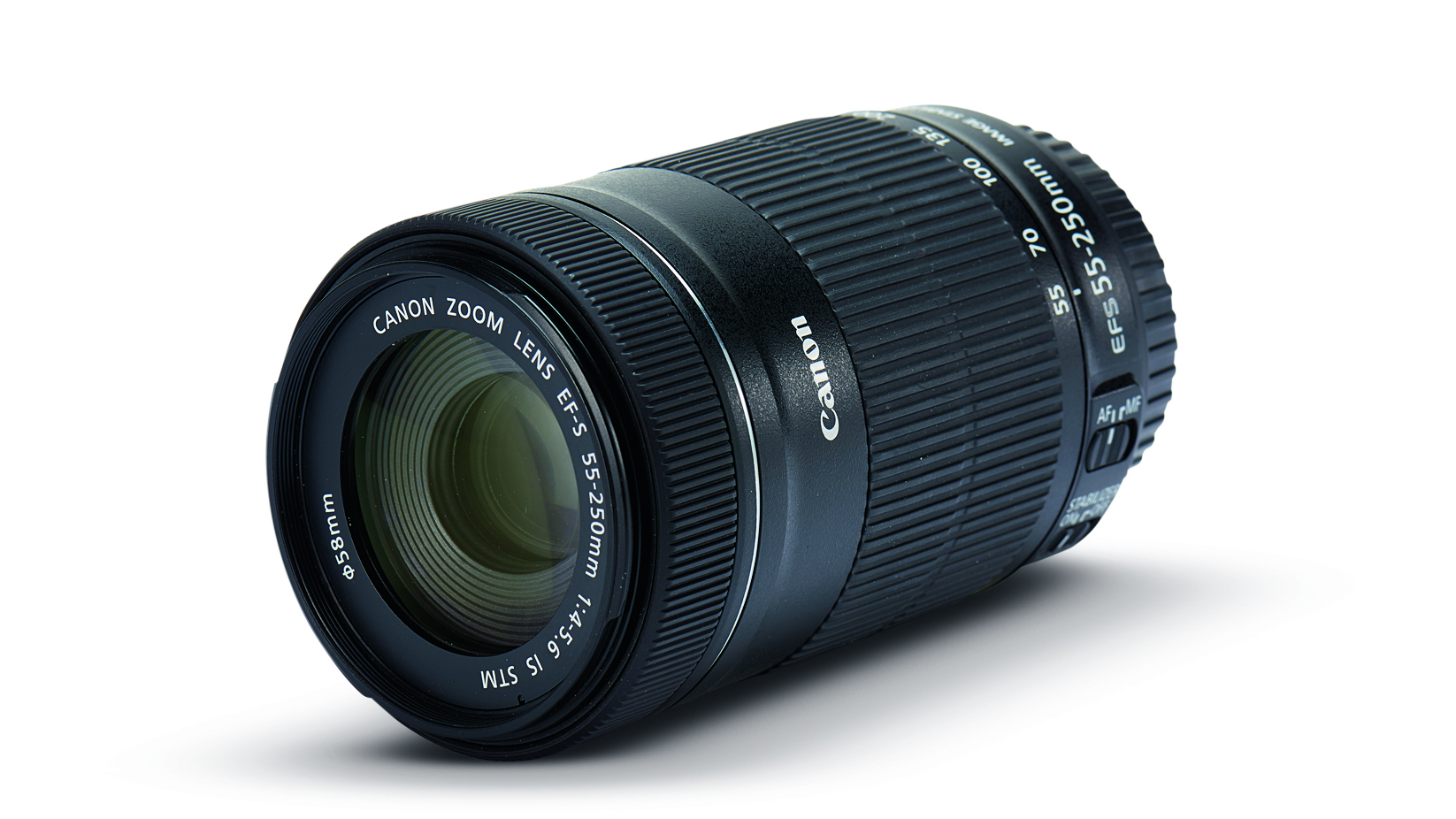
Canon EF-S 55-250mm f/4-5.6 IS STM
Specifications
Reasons to buy
Reasons to avoid
About half the price of Canon’s full-frame 70-300mm tele zoom, this EF-S optic for APS-C format bodies is smaller, lighter and more affordable. It gives a powerful effective reach of 400mm (in 35mm equivalent terms) at the end of its zoom range, while at the short end, it picks up where the typical 18-55mm kit lens leaves off. An upgrade over the previous IS II model, the STM lens features redesigned optics and a stepping motor for powering autofocus, instead of a basic electric motor. As seen in many of its rival lenses, a stepping motor enables smooth and virtually silent autofocus transitions that are well suited to both stills and video capture. The optical image stabiliser also performs well, with an effectiveness of about 3.5 stops. Handling is an improvement over previous generations of the lens, in that the focus ring no longer rotates during autofocus.

Fujinon XC50-230mm f/4.5-6.7 OIS II
Specifications
Reasons to buy
Reasons to avoid
With a smaller zoom range and Fujifilm’s 1.5x crop factor, the maximum effective reach of this lens is a more modest 345mm (in 35mm terms). With the usual stepping motor autofocus, manual override of autofocus and fully manual focusing are available via an electronically coupled ‘fly-by-wire’ focus ring. Focus modes and operation of the 3.5-stop optical image stabiliser are selected via camera menus; the lens lacks control switches. As in the Canon and Nikon lenses, the mounting plate is plastic rather than metal, and the overall build feels lightweight. Sharpness and contrast are good throughout most of the zoom range, even at the widest available apertures. Autofocus speed is pretty good under decent lighting but, coupled with our Fujifilm X-T10 body, we had a lot of autofocus hunting and false positives for focus acquisition in dull conditions.
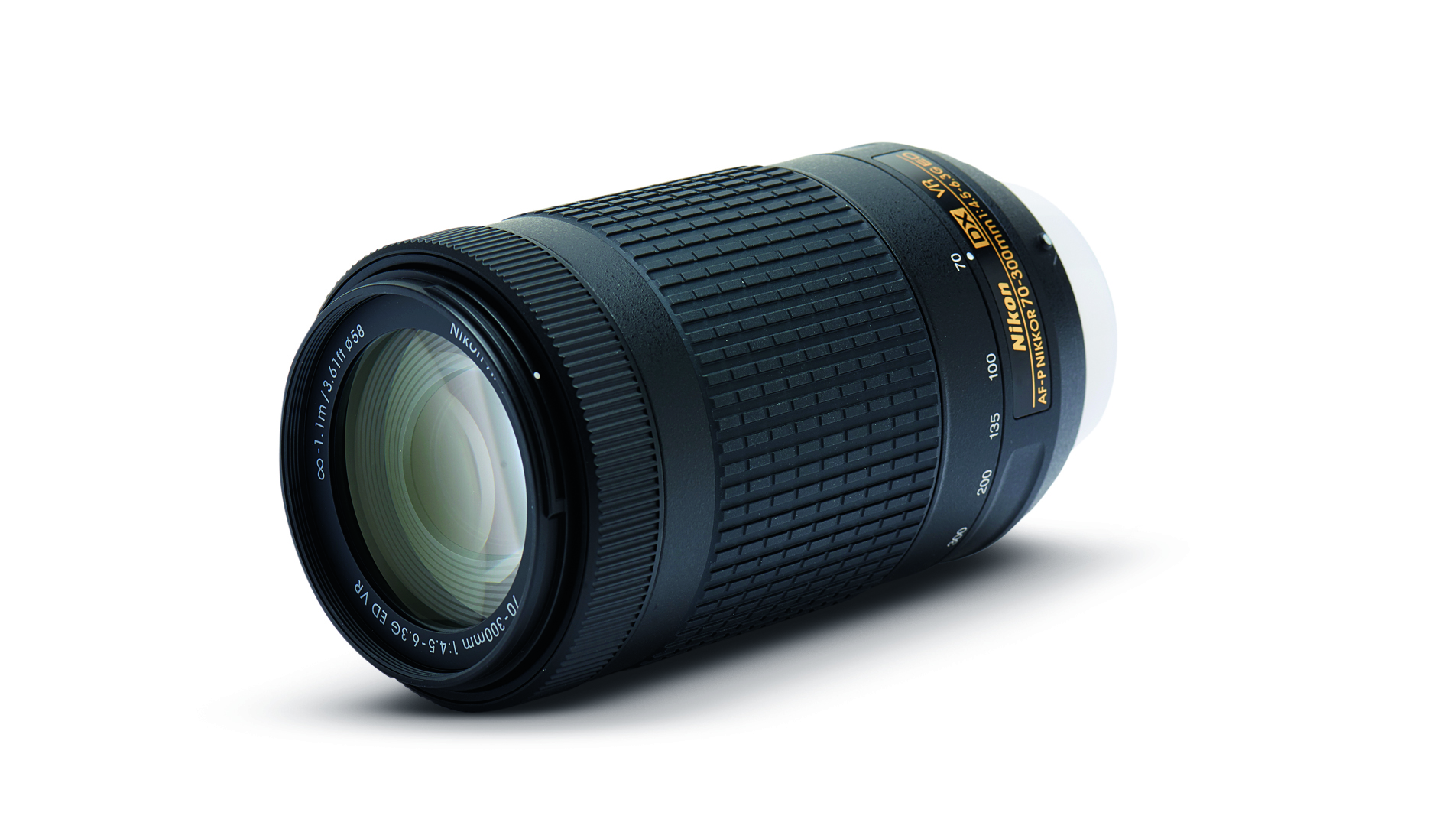
Nikon AF-P DX 70-300mm f/4.5-6.5G ED VR
Specifications
Reasons to buy
Reasons to avoid
Nikon is the latest manufacturer to jump on the stepping motor bandwagon: it’s used for autofocus in this AF-P (Pulse) lens. It’s available with or without VR (Vibration Reduction), and the edition without stabilization is a little cheaper to buy. Both are fully compatible with D3300, D3400, D5300, D5500, D5600 and D500 bodies, but completely incompatible with many older Nikon cameras like the D7000, where autofocus and even manual focusing are unavailable. The 300mm focal length and 1.5x crop factor of Nikon’s DX format gives an effective reach of 450mm, overtaking the Canon and Fujinon lenses. It’s physically bigger and heavier, and relies on a camera menu for switching off stabilization. In our lab tests, the non-VR version of the lens proved slightly sharper than the VR edition. However, the four-stop stabilizer is particularly effective in hand-held shooting, with the VR lens yielding more consistently sharp images.
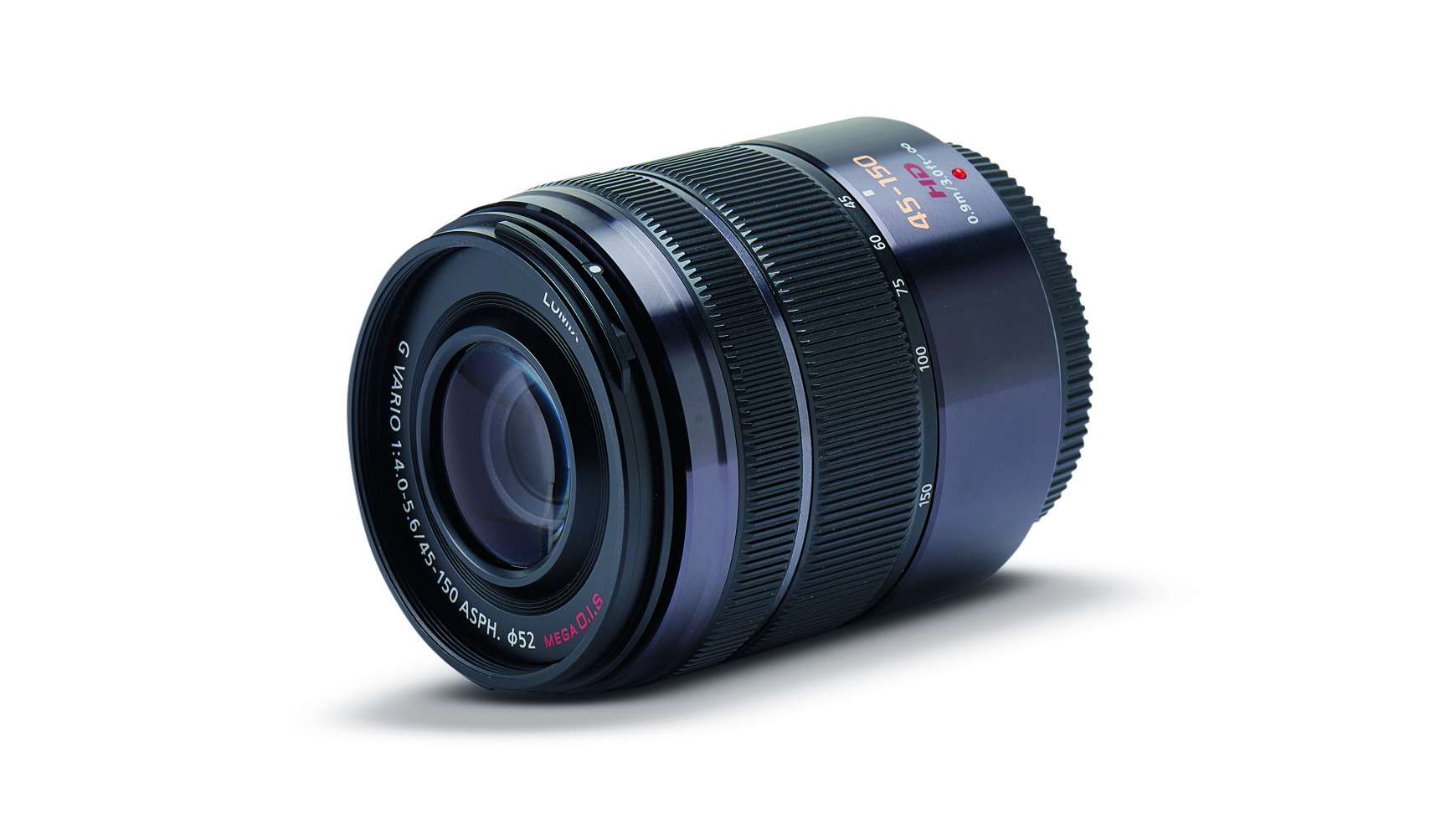
Panasonic 45-150mm f/4.0-5.6 ASPH OIS
Specifications
Reasons to buy
Reasons to avoid
This Panasonic lens is incredibly compact and light. Indeed, at just 62x73mm and 200g in weight, it’s only about half the length of most competitors, and only a quarter of the weight of some in this test. The downside is that maximum telephoto reach is similarly small. Applying the 2x crop factor of the Micro Four Thirds system, you still only get an effective focal length of 300mm at the long end. Even so, the lens equals the maximum reach of a traditional 70-300mm budget tele zoom on a full-frame DSLR. Testing the lens on a Panasonic G7, we found autofocus to be fast and reliable. The optical stabilizer is worth about 2.5 stops, so doesn’t compare favorably with the non-stabilized Olympus Micro Four Thirds lens on a late-generation Olympus body with sensor-shift stabilization. Image quality is pretty good on the whole but, despite its modest zoom range, we found that the optic is actually quite soft at the long end.
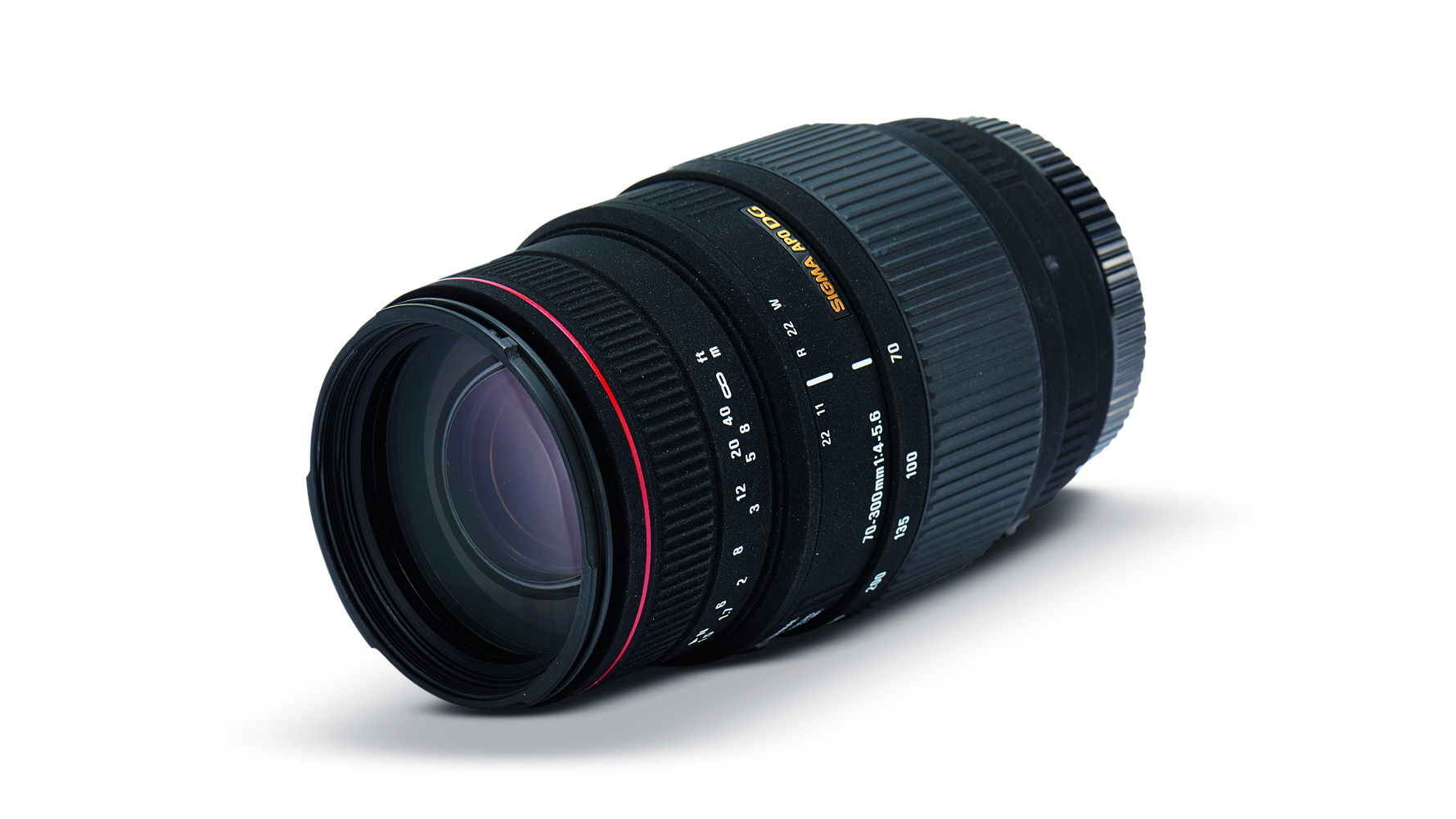
Sigma APO 70-300mm f/4-5.6 DG Macro
Specifications
Reasons to buy
Reasons to avoid
With a classic 70-300mm zoom range, the effective reach of this full-frame-compatible lens is boosted on an APS-C format camera. In all cases, a switch on the lens barrel enables shorter focusing in the 200-300mm sector of the zoom range, with a macro magnification ratio of up to 0.5x – and that beats any other lens on test. The APO (apochromatic) edition is claimed to produce less color fringing than the standard version of the lens. Even so, it’s quite basic in some respects, with a noisy electric motor for autofocus. It’s the only lens in the group in which the focus ring and the front element rotate during focusing, and there’s no optical image stabilization. Image quality is a little lackluster compared with all the other, relatively new, designs of lenses. Sharpness and contrast are both disappointing, especially when shooting wide-open. The lack of a stabilizer can be a real problem in Canon and Nikon bodies, which lack sensor-shift stabilization.
Get the Digital Camera World Newsletter
The best camera deals, reviews, product advice, and unmissable photography news, direct to your inbox!
The sister print publication to this website, Digital Camera Magazine is Britain's best-selling photography publication – and it can also be purchased outside the United Kingdom as Digital Camera World.
Digital Camera Magazine is packed with more expert advice and more inspirational images than any other title, with the sole aim of helping you become a better photographer. Every issue we also bring you a selection of great gifts which are designed to help you get more from your photography – everything from tips cards and cheat sheets to free software and bookazines.
In addition to inspirational images, interviews, projects, mini tests and tutorials, each issue is packed with news, reviews and comparisons, as well as photographer vs photographer shootouts and head-to-head challenges using the best photo editing software.
The magazine is captained by Editor Niall Hampton.

